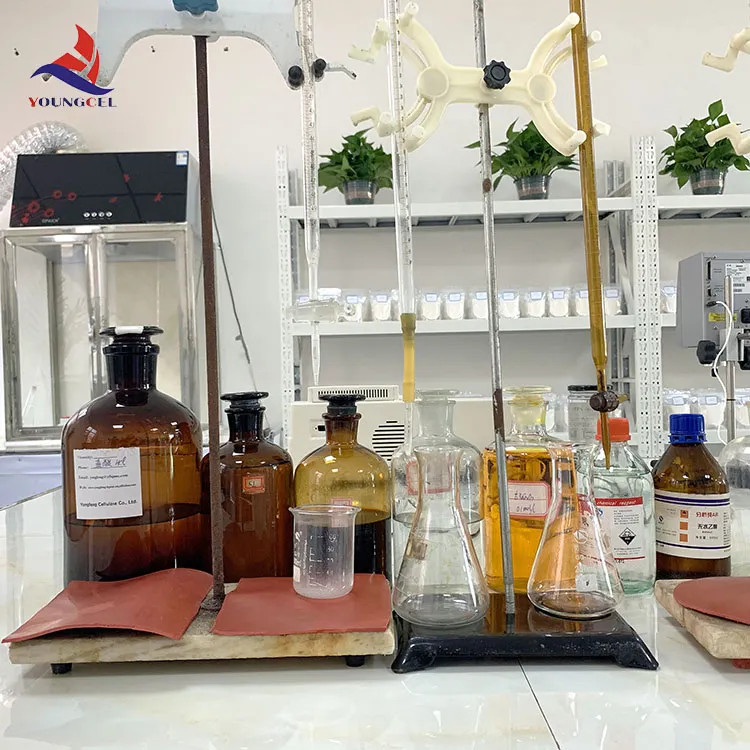The Role of Redispersible Powder (RDP) in Modern Construction and Coating Applications
Redispersible powder (RDP) has become an essential component in the construction and coating industries, revolutionizing the way adhesives, mortars, and sealants are formulated and applied. This white, free-flowing powder is derived from polymers that are designed to enhance the performance characteristics of various building materials. Its ability to rehydrate and form a stable dispersion when mixed with water makes it a valuable asset in many applications.
One of the primary benefits of RDP is its contribution to improved adhesion. When redispersible powder is added to cement-based formulations, it significantly enhances the bonding ability of the material. This is crucial for applications such as tile adhesives, which rely on strong adhesion to ensure durability and reduce the risk of tiles cracking or coming loose over time. The polymer chains in RDP create a network that holds particles together more effectively than traditional cement alone, resulting in a stronger, more resilient bond.
The Role of Redispersible Powder (RDP) in Modern Construction and Coating Applications
Moreover, RDP improves the workability of construction materials. Mixing cement with RDP enhances the consistency and ease of handling of mortars and adhesives. This improved workability allows for smoother application processes, reducing labor costs and time associated with installation. Workers can apply these materials more efficiently, resulting in a better finish and adherence to project timelines.
redispersible powder rdp

Water resistance is another critical feature granted by RDP. Water-repellent properties are vital for materials used in external applications, where exposure to moisture can compromise performance. The inclusion of RDP in formulations helps to resist water infiltration, thereby extending the life of the materials and increasing their overall durability. This is particularly important for exterior wall finishes, cement boards, and other construction elements that regularly face inclement weather.
In addition to these performance benefits, redispersible powders also contribute to sustainability in construction. Many manufacturers are now focusing on producing eco-friendly RDP products that employ sustainable practices and raw materials. By integrating RDP into formulations, companies can reduce the overall environmental impact of their products while maintaining high-performance standards. This aligns with the construction industry's growing emphasis on sustainability and making eco-conscious choices.
The versatility of RDP allows it to be used in a wide range of applications beyond traditional construction materials. Its presence is felt in the production of paints, coatings, and even in industries such as textiles and automotive manufacturing. In paints, RDP enhances the film formation and film properties, allowing for better application and performance.
In conclusion, redispersible powder (RDP) plays a pivotal role in advancing construction materials and techniques. By enhancing adhesion, flexibility, workability, and water resistance, it has transformed how adhesive, mortar, and coating products are formulated and applied. As the construction industry continues to evolve, the importance of RDP is likely to grow, paving the way for more efficient, sustainable, and durable building practices. The future holds exciting possibilities as manufacturers innovate and integrate RDP into new applications, further harnessing its potential.
-
Premium Detergent Grade HPMC Hydroxypropyl Methylcellulose: Superior Thickening & StabilityNewsAug.31,2025
-
HEC 100000 Hydroxyethylcellulose for Paint | Superior ThickeningNewsAug.30,2025
-
Wall Putty Rdp Powder Packaging DesignNewsAug.29,2025
-
Introduction to Hpmc Hydroxypropyl Methyl CellulosNewsAug.29,2025
-
Hpmc Industri Grade IntegrationNewsAug.29,2025
-
How to Choose the Right Construction AdhesiveNewsAug.29,2025




